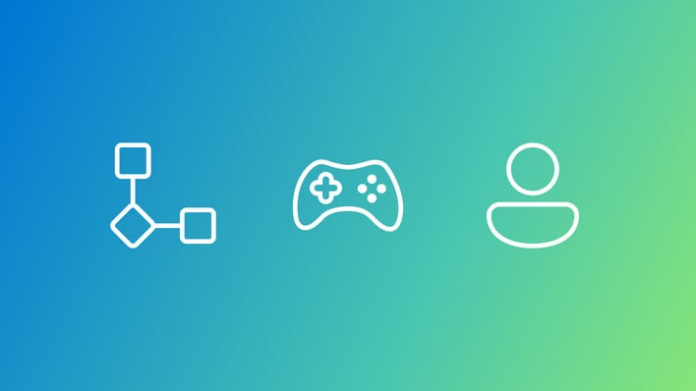Generative AI seems poised to become an integral part of the game development pipeline , with Microsoft unveiling Muse, a World and Human Action Model (WHAM). It’s the first model of its kind, and comes by way of a collaborative effort between the research team and Xbox Game Studios’ Ninja Theory, which provided gameplay data. The company believes it will be a boon to both developers and gamers alike.For developers, Microsoft is pitching this as a tool that can be used to generate game ideas that developers can then build upon. Muse is able to understand a 3D game world, which includes game physics as well as player interactions within the game world. Ideally, it lets developers get a preview before fully committing to an idea. To ensure it’s a tool worth using, the company reached out to game studios big and small from across the globe, to gather feedback that informed many of its initial design decisions.Gamers also stand to win big with the release of Muse. Microsoft envisions a future where old games locked to prior platforms are brought back to life, with Muse doing the work of optimizing the older code for modern hardware. Although this claim is very much forward looking, as Muse is too limited of a model at this time to be able recreate an entire game. Thankfully, emulation is already an option for accessing older titles in the here and now.Despite Microsoft’s enthusiasm for its advancements with Muse, the reception to this tool has seen some trepidation from both developers and gamers. It’s not a surprising reaction, as it comes at a time when developers are being laid off at a rapid pace, and AI is being shoehorned into more and more services and products. Microsoft is going to need to do a lot of work to win these two groups over.Time will tell if this ends up being as revolutionary as the company hopes . For now, it’s still limitined and nowhere near close to generating an entire gaming experience worth playing.




